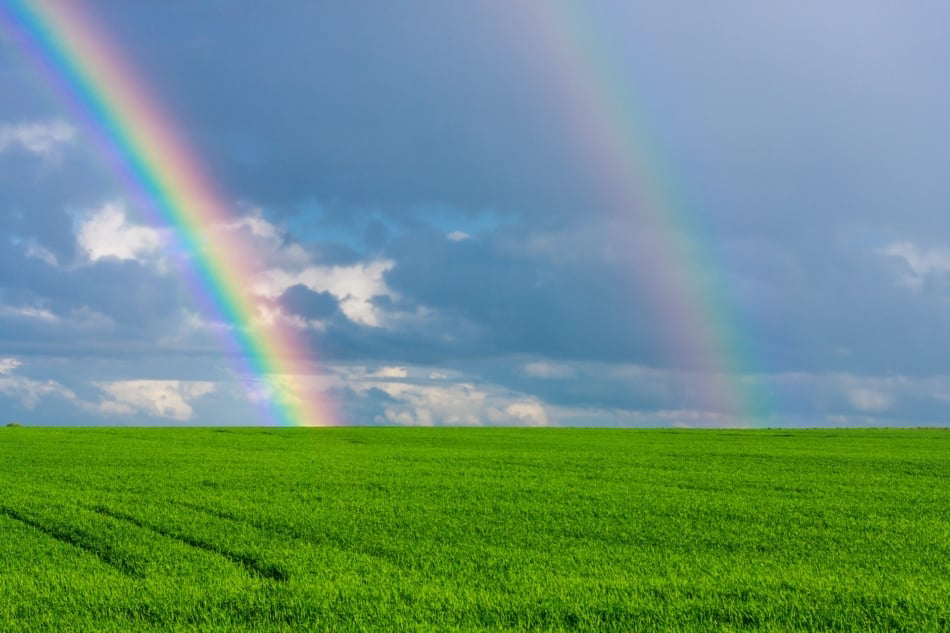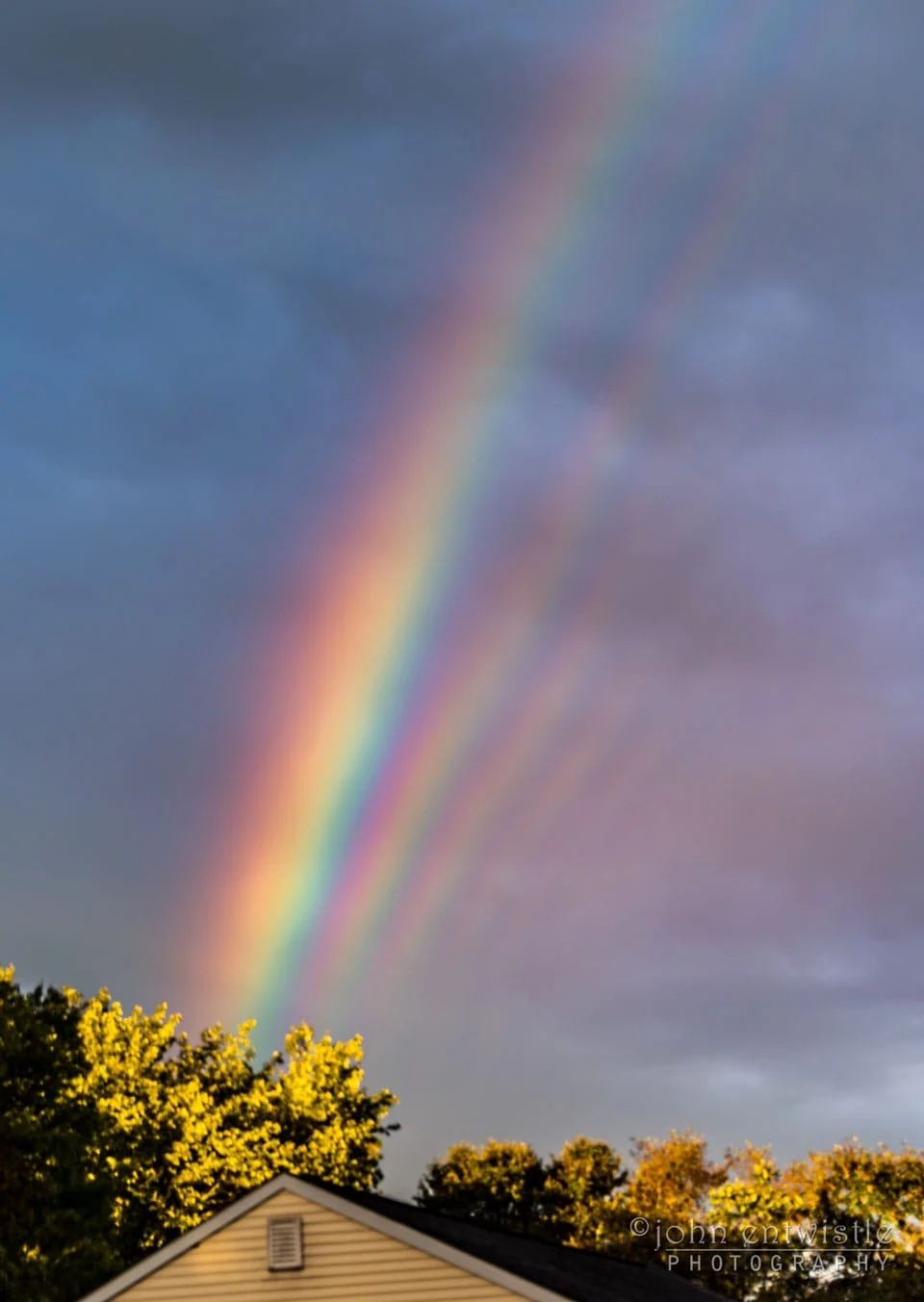7 TYPES OF RAINBOW:-
7 Types of rainbow That Reminds us, Nature is Awesome:-
Rainbows are even more unique and wonderful than you imagined—these 7 prove we need to be pretty lucky to spot one.
Rainbows are one of the most beautiful natural phenomena there is. Most of us are familiar with how rainbows form—we know to look for them after a rain when the sun peeks through the clouds. But what most people don’t know is that there is more than one kind of rainbow. Not all of them are the colorful arch we most often see. Take a look at these seven types rainbows and the conditions that have to be in place to catch sight of them.
(1) Multiple Rainbow:-
Multiple rainbows in the sky.ref by almay.
On very rare occasions, we might see more than one rainbow arching through the sky. There could be two, three, or even more though higher numbers are extremely uncommon. When this happens, there is usually one primary rainbow that is bolder and more colorful than the others, with lighter rainbows surrounding it. Interestingly, the unlit band in between multiple rainbows has an unusual name; it is referred to as “Alexander’s band” after a 2nd-century philosopher, Alexander of Aphrodisias, who was the first to write of this phenomenon.
(2) Double Rainbow:-
Twin rainbows are similar to multiple rainbows with one big difference: Multiple rainbows run parallel to each other but they are in fact separate. In a twin rainbow, both rainbows share the same base but split farther along the arch. This phenomenon is exceedingly rare because it takes a special set of circumstances. For twin rainbows to appear, there needs to be two distinct rain showers that have different sized water droplets, which causes the light to refract differently, thus splitting the rainbow.
(3) Supernumerary Rainbows:-
A Supernumerary Rainbows over New Jersy.
“Supernumerary rainbows only form when falling water droplets are all nearly the same size and typically less than a millimeter across. Then, sunlight will not only reflect from inside the raindrops, but interfere, a wave phenomenon similar to ripples on a pond when a stone is thrown in. In fact, supernumerary rainbows can only be explained with waves, and their noted existence in the early 1800s was considered early evidence of light’s wave nature.”
(4) Circular Rainbows:-
A circle of light rainbow in the clouds. Ref by Shutterstock.
As weknow that all rainbows are technically circular in shape. Mostly, we see them as arches because obstructions in the landscape block our view, or because the angle of the sun compared to the horizon and the point from which we view the rainbow makes it impossible to see the full circle. In other words, the horizon usually makes rainbows look like an arch. But, if we are in an airoeplane or at a high altitude when a rainbow appears, then there’s a chance we will get to see the full circle instead of the arch. This is also something we can replicate in our backyard on a smaller scale by mixing water from a garden hose.
(5) Monochrome Rainbows:-
Image of Monochrome red rainbow at sunset.
These rainbows are always a single color rather than the full spectrum—almost always red. This type of rainbow only happens at sunrise or sunset, when rays of light from the sun have to travel the furthest distance through the atmosphere. The distance is what makes them red. All the other wavelengths of light are shorter, so they scatter, which leaves only red behind.
(6) Moonbows-Lunar Rainbow:-
A lunar rainbow is called a “moonbow”
Like rainbows, a moonbow forms when light—moonlight rather than sunlight—shines on water droplets. As the light passes through the droplet, it bends or “refracts,” bounces or “reflects” off the back of the droplet, and finally exits the droplet after bending a second time. It is this bending of light that causes it to split into its individual color wavelengths of red, orange, yellow, green, blue, indigo, and violet.
However, don’t expect these colors to appear as widely in moonbows as they do in rainbows. Since the Sun is 400,000 times brighter than a full Moon, a moonbow’s colors tend to be fairly dim. So dim, in fact, that the light is often too weak to be picked up by the color-detecting cells in our eyes, which means we see more of a white rainbow (white being the combination of all of light’s visible colors). Read more about moonbows here!
(7) Fogbowd-"Ghost Rainbows".-
Fogbows, also known as “Ghost Rainbows” are very rare to spot. Like rainbows, the two primary ingredients for a fogbow are sunlight and water droplets. For a fogbow to form, the Sun needs to be at a low angle to the existing fog in the atmosphere—about 30 to 40 degrees high. This is the reason why fogbows are most commonly spotted in the mornings and evenings, or from high vantages that place the viewer above the fog, like on a mountainside, seaside cliff, or even from an airplane.
Rainbows are rare, but that’s part of their beauty. No matter which type we see, they happen so seldom that it feels like a treat. Now if we could only find those pots of gold reputed to be at the end of each.
Ref:-https://www.farmersalmanac.com










Comments
Post a Comment